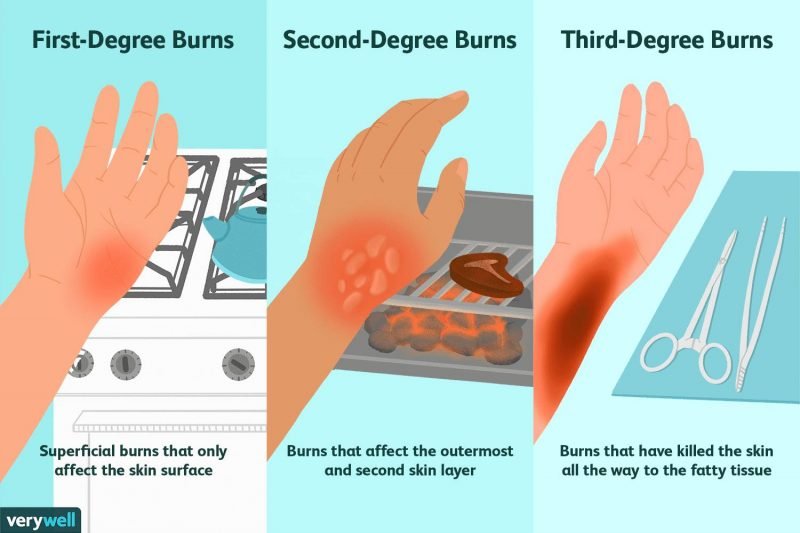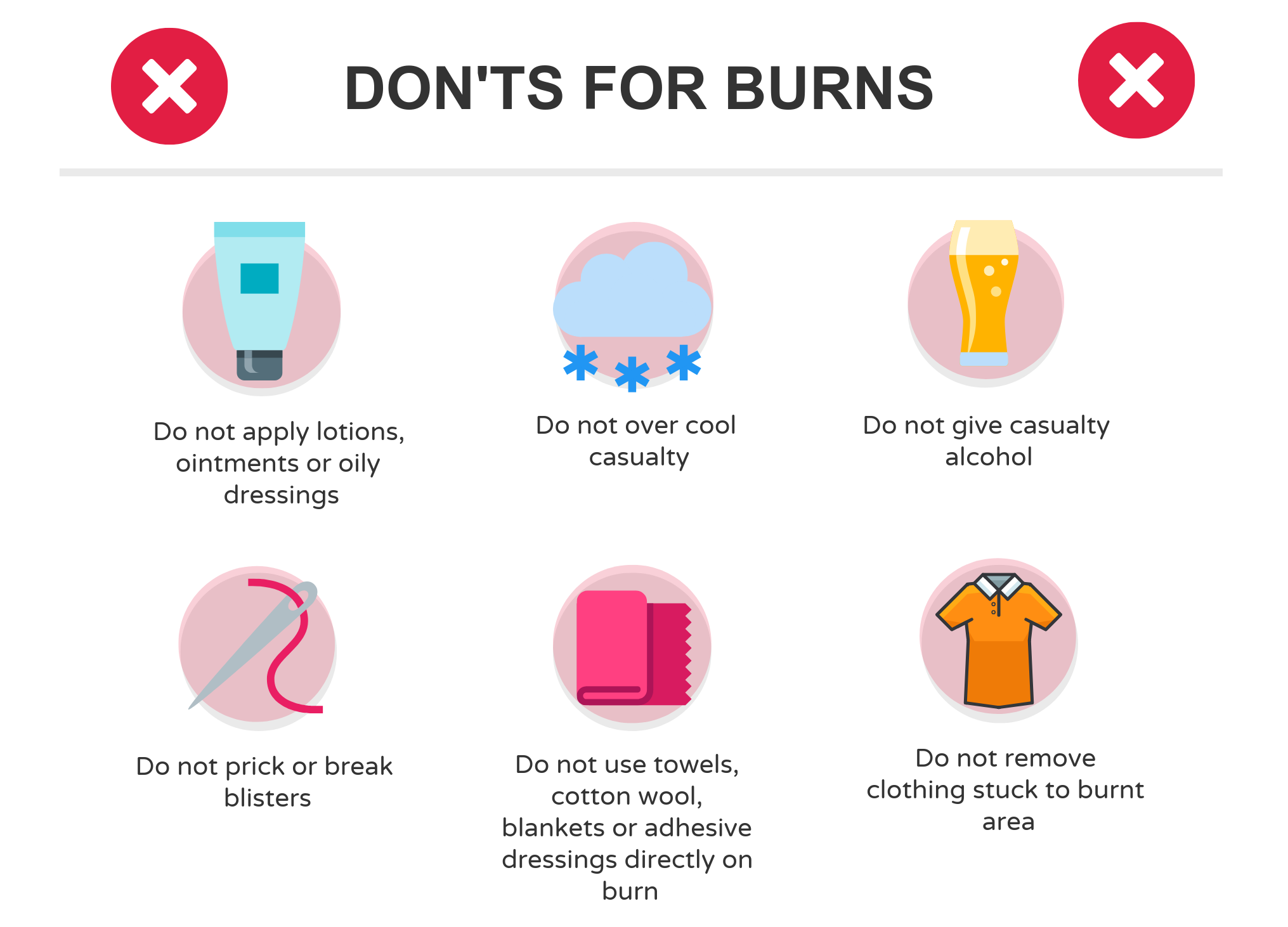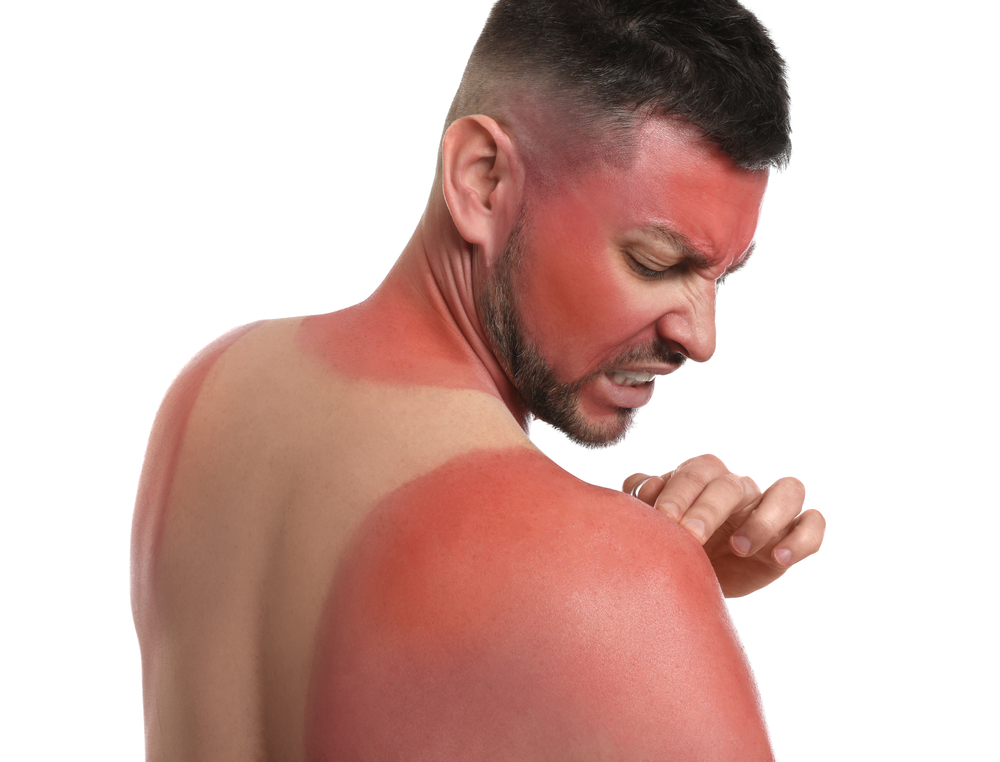Best Of The Best Tips About How To Treat Severe Burns

Depending on how serious a burn is, it may be possible to treat it at home.
How to treat severe burns. They may need skin grafts to cover large wounds or to minimize scarring with deep wounds. In more severe cases, however, prompt recognition, assessment, and appropriate management can be life saving. If you or someone around you gets burned, these are some general steps you should take immediately:
International organisations like the world health organisation's department of violence and injury prevention and disability (vip) and the international society for burns injuries (isbi) strive to ultimately decrease this significant scourge by improving data collection, research collaborations, and preventative strategy development [ 13 ]. Cool water the first thing you should do when you get a minor burn is run cool (not cold) water over the burn area for about 20 minutes. [1] they will likely appear
To treat minor burns, follow these steps: Hold the area under cool (not cold) running water for about 10 minutes. If the burn is on the face, apply a cool, wet cloth until the pain eases.
Gently flush the area with cool water to reduce the temperature. Do not apply butter or oil to any burn. Treatment for burns depends on their severity.
All chemical and electrical burns Butter or lard may feel cool because it comes out of the refrigerator, but the oils will trap heat and make the burn deeper over time. If the burn is to an arm or leg, raise it whenever possible to reduce swelling.
Depending on how serious a burn is, it may be possible to treat it at home. The goals of treatment are to control pain, remove dead tissue, prevent infection, reduce scarring risk and regain function. People with severe burns may require treatment at specialized burn centers.
Take a cool bath or shower for 10 minutes to cool down the burnt area of skin. Remove clothing from the wound unless it's sticking; Remove rings or other tight items from the burned area.
More severe burns may require medical intervention, such as wound cleaning. An overview of the initial care and subsequent management of patients with severe (major) burn injuries is presented here. You should go to a hospital a&e department for:
The initial care and management of minor burns are discussed separately. Follow this advice for sunburn: Don’t touch the burn or apply ice.
You should go to a hospital a&e department for: People with severe burns may require treatment at specialized. Your provider will evaluate the extent of skin damage.





:max_bytes(150000):strip_icc()/how-to-treat-a-burn-1298802-01-ef3683609e664a3ea3c46d6a619ac2f0.png)












